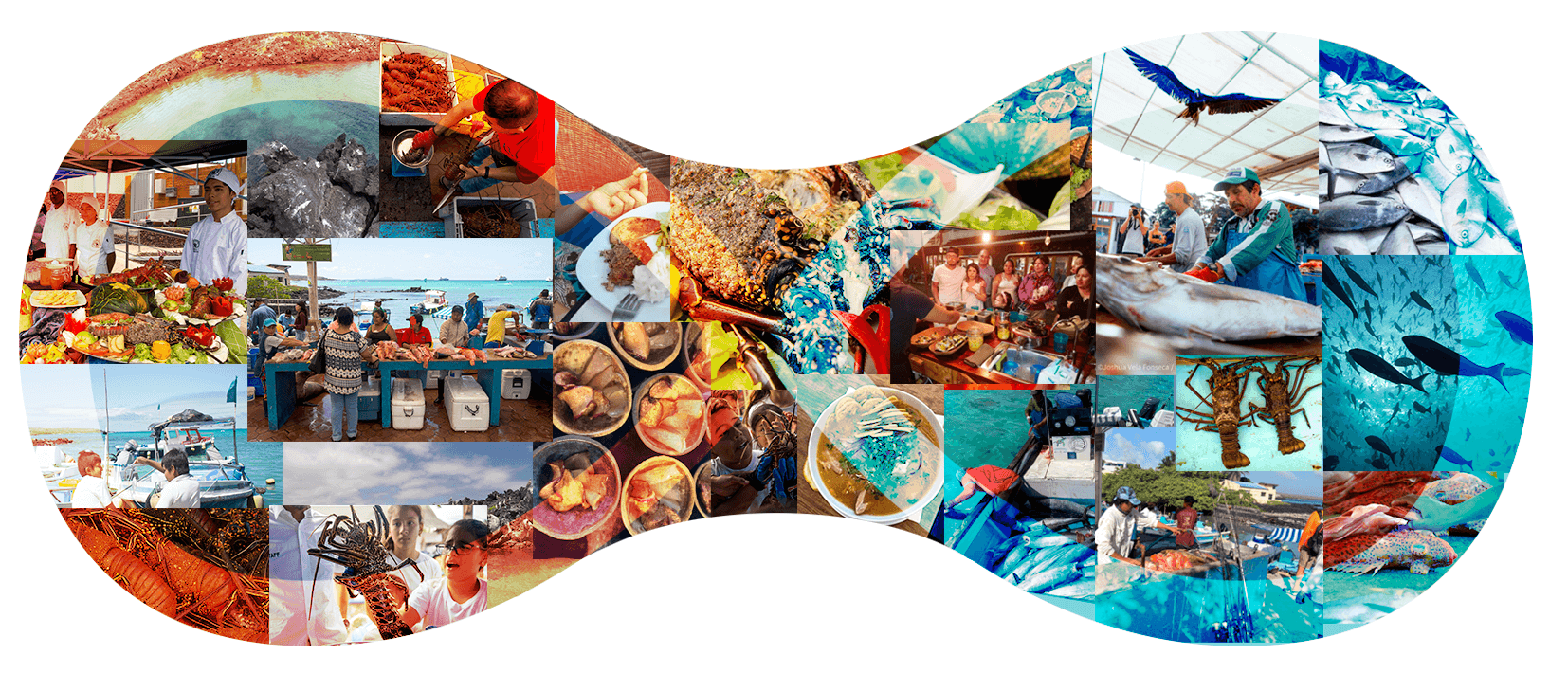Galapagos
food system
An adequate diet is essential for the health, well-being, and development of the Galapagos community.
The inhabitants of the islands have the right to a varied and balanced diet that provides the necessary nutrients to lead a healthy and active life that satisfies its cultural preferences.











